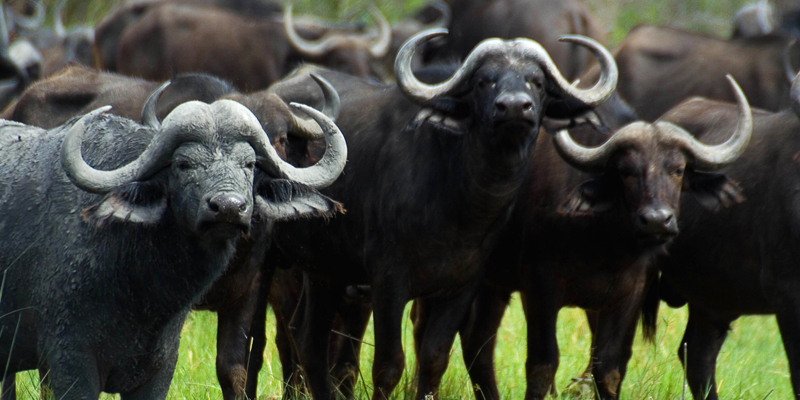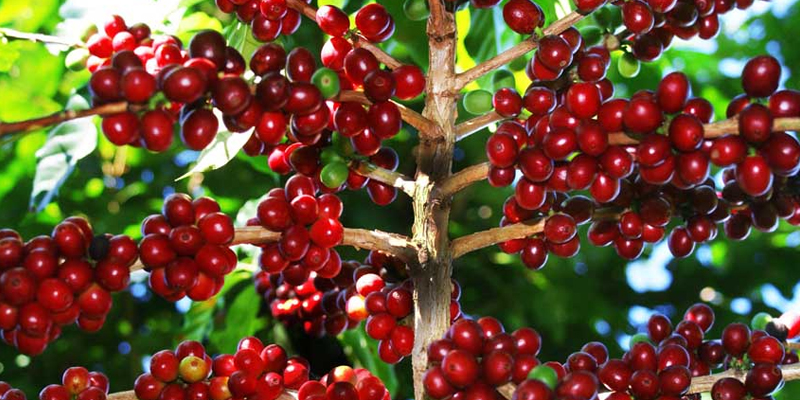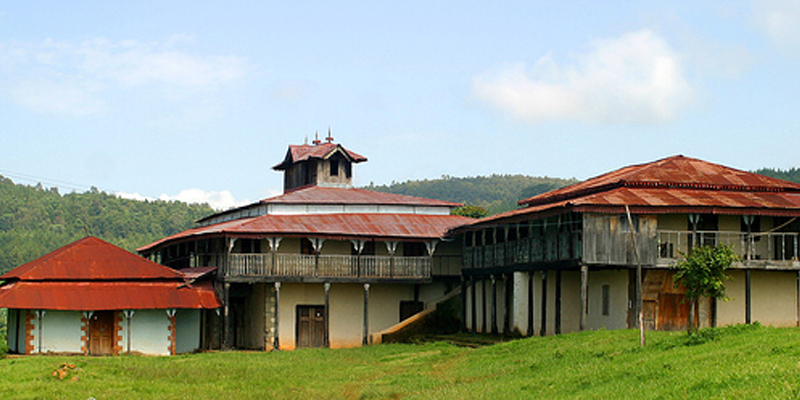Gambella National park is located 850 km west of Addis Ababa and the largest of the national parks in Ethiopia, covering 5,061 square kilometers. Originally the park was created to protect the extensive swamp habitat and its wildlife. Gambella National Park is homed for several African big game wildlife such as Nile lechwe, the white-eared kob Roan antelope, topi, elephant, buffalo, giraffe. The banks of the baro river are rich in birdlife and thus give visitors an extra advantage. The unusual whale-headed stork is also to be found here.

The people of this area are the Anuak and the Nuer. Mainly fisher folk - but also cattle herders - the Anuak and Nuer are extremely handsome, with dark, satiny complexions. Both men and women favor a style of decorative scarification on the chest, stomach, and face; and often boast heavy bone bangles, bright bead necklaces, and spikes of ivory or brass thrust through a hole pierced in the lower lip and protruding down over the chin. Unaffected by the ways of the modern world, these interesting people remain as remote, unchanged, and beautiful as the land in which they live.
Jimma, located at 335 kilo meters south west of Addis Ababa, is one of the famous coffee growing areas of South-west Ethiopia. As one of the world’s coffee exporter Ethiopia owes much to Jimma along with other areas.

The gaint lobelia, afro alpine vegetation at the bale mountain national park
Apart from its coffee yield and vegetation, Jimma is also apparent for its history. It was the line of the 19th century long distance trade route whereby 30,000 people used to attend the ancient great Thursday market at Hirmata, the current site of the Jimma town.
Historical palace of Sultan Abba Jifar (1853-1925) and Jimma museum antiquities are also among the major historical heritage that makes Jimma one of the major tourist destinations of south west Ethiopia.

Abba Jifar Palace (1853 – 1925):
Before being incorporated into the central Christian Empire of Ethiopia, Jimma was one and the strongest of the five autonomous Gibe kingdoms of the Oromo people under the leadership of Abba Jifar Abba Gomal, best known as king Abba Jifar also known by his Islamic name (Sultan Muhammad Dawud Ibn Ibrahim) of Jimma.
Towards the end of 1860’s king Abba Jifar built his palace at Jiren which costed him 400 kg. of gold and 65,000 Maria Theresa and still stands with colorful architectural beauty. In the compound of the palace still stand other historical buildings: the public mosquareue, the mosquareue of Abba Jifar, residential palace of Abba Jifar and residential building of Abba Jobir Abba Dula (the grandson of Abba Jifar), Jimma Museum which displays most of historic materials of king Abba Jifar, his kingdom and cultural objects of local Oromo people and other ethnic groups around Kafa. The first set of collection in this museum is the personal household furniture of the king which include beds of Abba Jifar, tables, arm chairs, sutensils, religious manuscripts and others.
+251918040958
historicabyssinia@gmail.com
teodrosnegesse16@gmail.com